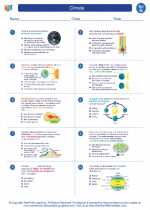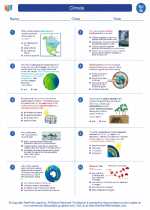Fertilization
Fertilization is the process by which two gametes (an egg and a sperm) fuse to form a zygote. This process is essential for the reproduction of sexually reproducing organisms.
Process of Fertilization
The process of fertilization can be broken down into several key steps:
- Release of Gametes: The male gamete (sperm) is released and swims towards the female gamete (egg).
- Penetration of Egg: The sperm penetrates the protective layers surrounding the egg, including the zona pellucida.
- Fusion of Gametes: The genetic material from the sperm and the egg combine to form a zygote.
- Activation of the Egg: The entry of the sperm triggers changes in the egg, preventing other sperm from fertilizing it.
- Formation of Zygote: The zygote undergoes rapid cell division, leading to the formation of an embryo.
Factors Affecting Fertilization
Several factors can influence the success of fertilization, including:
- Timing: Both the release of the egg and the presence of viable sperm are critical for successful fertilization.
- Environment: The pH and chemical composition of the reproductive tract can affect the ability of sperm to reach and fertilize the egg.
- Health and Age: The overall health and age of the individuals involved can impact fertility and the likelihood of successful fertilization.
Study Guide
To study the topic of fertilization, consider the following key points:
- Understand the process of fertilization, including the release of gametes, penetration of the egg, and formation of the zygote.
- Learn about the factors that can affect fertilization, such as timing, environment, and health.
- Review the events that occur after fertilization, including the activation of the egg and the formation of the embryo.
- Consider the importance of fertilization in the context of sexual reproduction and the continuation of species.
By understanding the process and factors influencing fertilization, you can gain a comprehensive understanding of this critical aspect of reproductive biology.










